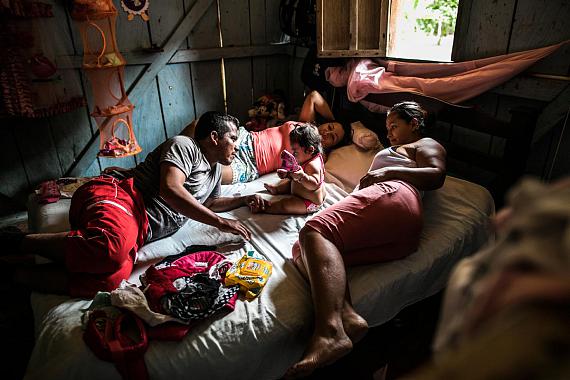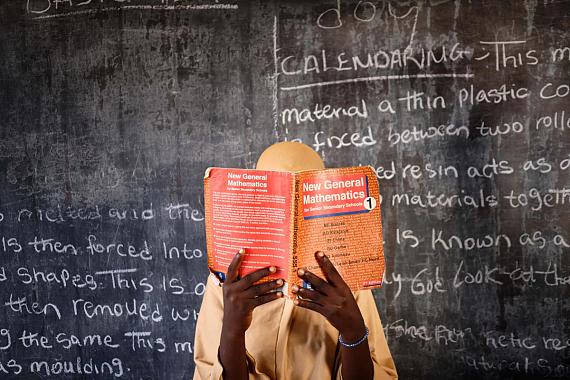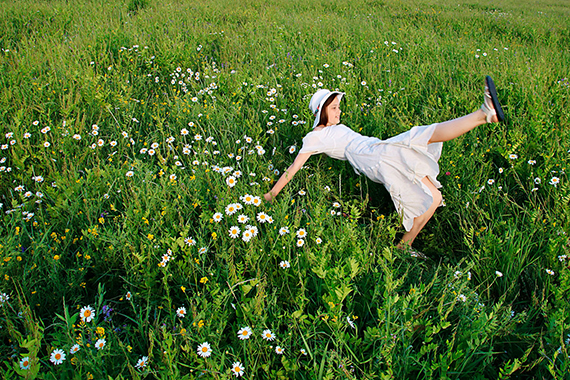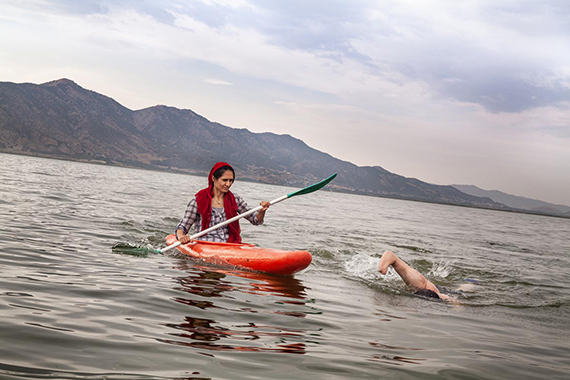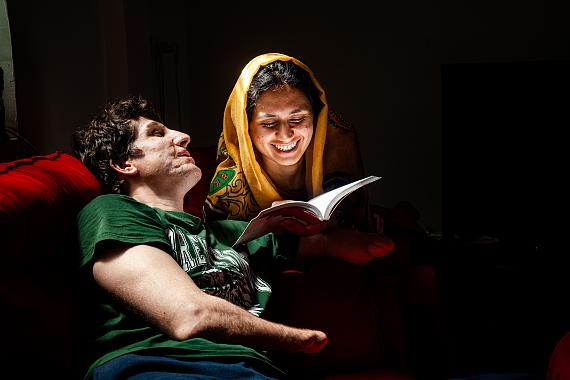
Global Peace Photo Award 2020
Nicolas Asfouri » Catalina Martin-Chico » Sasan Moayyedi » Emeke Obanor » Alain Schroeder »
Award: 16 Jun – 17 Oct 2021

GLOBAL PEACE PHOTO AWARD
Dumbagasse 9
2500 Baden
+43 (0)699-13583989
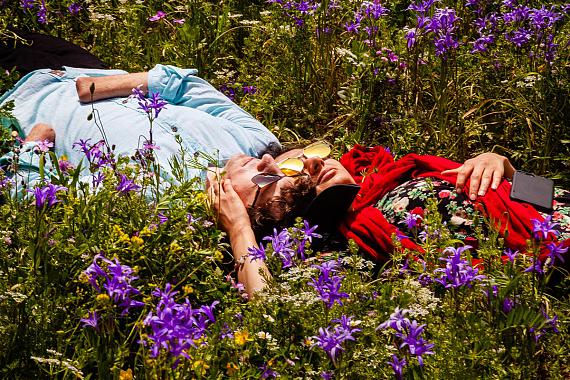
Global Peace Photo Award 2020
Peace Image of the Year 2020
Sasan Moayyedi
Alain Schroeder, Catalina Martin-Chico, Emeke Obanor und Nicolas Asfouri
Ausstellung: bis 17. Oktober 2021
Sasan Moayyedi wins the Global Peace Photo Award 2020 for the
Peace Image of the Year.
The Iranian photographer wins with a photo from his reportage
Love Story about the remarkable fate of Salah Saeedpour.
After a delay of almost a year because of covid, the 8th international Global Peace Photo Award competition was celebrated this evening: Alain Schroeder won with Saving Orangutans, Catalina Martin-Chico with (Re) Birth, Emeke Obanor with Heroes, Nicolas Asfouri with Hongkong Unrest, Sasan Moayyedi with Love Story. The Alfred Fried Peace Medal was presented to the five winners. The main prize, Peace Image of the Year 2020, inspired by the 1911 Austrian Nobel Peace laureate Alfred Hermann Fried and endowed with 10,000 euros, went to the Tehran-based Iranian photographer Sasan Moayyedi for his reportage on the remarkable fate of Salah Saeedpour. One day in September 2001, at a family picnic in the Iranian-Kurdish province of Marivan near the border with Iraq, Salah Saeedpour, then 15 years old, stepped on a landmine, one of many leftovers, dangerous until today, from the Iraq-Iran war of 1980-1988. The boy lost both hands and both eyes. He became a physical cripple; in the figures that measure such things, he was now 70% handicapped. But he did not give up. He trained his mutilated body, even without being able to see the world, until he won medals for swimming. And he met the love of his life, Sarveh Amini, a young Kurdish woman, whom he married in 2014.
The international jury described Moayyedi's reportage Love Story as "the story of a private peace that has the power to triumph over war".
14-year-old Anastasiya Bolshakova won the Best Peace Photo in the Children and Young People category, worth 1000 euros, sponsored by the Vienna Insurance Group. Her photo series Flight of the Soul declares her love of summer. A time when, she is convinced, “everything lives” and “nature breathes deeply”. A time when everything “is ready for beauty”. When flowers smell wonderfully. A time of idleness and bliss. In this time, especially, she wants to capture thoughts. Anastasiya photographed such moments of roaming thoughts with a self-timer. Free of any strain. Clearly in a time before, or at least far from, covid. In a peaceful childhood in a peaceful landscape. A little bit dreamy, very light, very airy. Carried by the feeling of being able to fly safely between heaven and earth.
19,711 images from 118 countries were submitted to the Global Peace Photo Award 2020. Most of the entries came from Russia, China, India, Germany and Iran. The entries were judged by a prestigious international jury of photographers, journalists and representatives of photo associations, the World Press Photo Awards, the German Youth Photo Award and UNESCO.
In addition to awarding the Peace Picture of the Year to Sasan Moayyedi, Alfred Fried Peace Medals 2020 were awarded to:
Belgian photographer Alain Schroeder, for his photo report Saving Orangutans about the teams of the Orangutan Information Center, Human Orangutan Conflict Response Unit and Sumatran Orangutan Conservation Programme. Their mission: to make peace with nature. Peace with those creatures of the forest who share 97 percent of their genetic material with us humans. In his very touching images Alain Schroeder shows what it means to save what can still be saved. He pictures dramatic emergency actions on injured and sick animals, operations, infusions, care, mercy with the tortured creatures. He shows the gratitude and intimacy that great apes are capable of.
French-Spanish photographer Catalina Martin-Chico, for her caring images of (Re)Birth, about new life after 260 000 deaths. The freedom to love after all the prohibitions. Caring instead of fighting. When, after half a century, an agreement was drawn up in Colombia between the Marxist FARC guerrilla and the government to end the killing in the forests, something like normality began from 2017 in the hideouts of the former fighters and in the 26 transformation settlements. Its special characteristic is a small baby boom.
Nigerian photographer Emeke Obanor, for his work Heroes about girls, kidnapped by the Nigerian terror group Boko Haram. They had been brainwashed. Should abandon any desire for schooling for girls. They were freed in an action of the Nigerian military. Or were able to flee when they were sent out with bomb belts on suicide missions. Now they are free at last. And back at school. Back in a place where they are allowed to learn and get smarter. Where they are allowed to read, write and operate with figures. They are back from the war and in peace. Traumatized certainly. Maybe even stigmatized. But some of them have retained the strength to hold on to their dreams. They are 16 or 17 years old. They want to become nurses or teachers.
Beirut-born Danish photographer Nicolas Asfouri, for his work Hongkong Unrest: It is the year 2019 in Hong Kong. According to the agreement made between China and the UK in 1997, the former British Crown Colony is already a part of China, but until 2047 it should retain a largely autonomous status: “One country, two systems”. But the ever-increasing attempts at a takeover by mainland China in this year 2019 manifest themselves, for instance, in a draft law by Hong Kong’s Chief Executive to facilitate the extradition to the Beijing regime of opponents to the system. Pupils and students take to the streets against that, young men and women. Then more and more people, a pro-democracy movement, mostly peaceful, in parts militant, ever more brutally suppressed by the police, at first with batons and tear gas, later with live ammunition.
The Global Peace Photo Award is organized by Edition Lammerhuber in partnership with Photographische Gesellschaft (PHG), UNESCO, the Austrian Parliament, the Austrian Parliamentary Reporting Association, the International Press Institute (IPI), the German Youth Photography Award and the World Press Photo Foundation.
The Award is inspired by Austrian pacifist and author Alfred Hermann Fried (* 11 November 1864, Vienna; † 4 May 1921, Vienna). As founder of the journal Die Waffen nieder! (Lay down your arms!) and other peace activities, Fried received the Nobel Peace Prize in 1911, jointly with Tobias Michael Carel Asser (* 28 April 1838, Amsterdam; † 29 July 1913, The Hague), organizer of the first International The Hague Peace Conference and instigator of the Permanent Court of Arbitration.
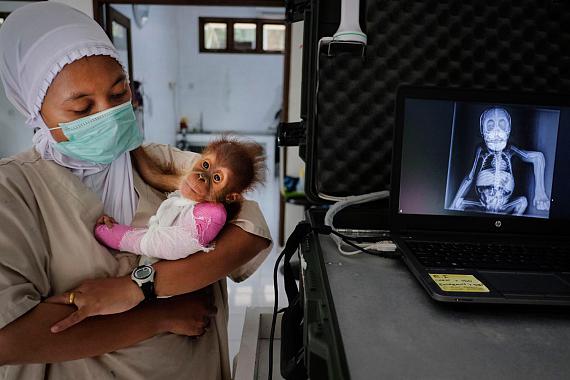
Im Österreichischen Parlament und mit einer Covid-19-bedingten Verzögerung um fast ein Jahr, wurden zum achten Mal die Gewinner des internationalen Fotowettbewerbs für das beste Bild vom Frieden ausgezeichnet.
Der von dem österreichischen Friedensnobelpreisträger 1911 Alfred Hermann Fried inspirierte und mit 10.000 Euro dotierte Hauptpreis Peace Image of the Year 2020 ging an den in Teheran lebenden iranischen Fotografen Sasan Moayyedi für seine Reportage über das erstaunliche Schicksal von Salah Saeedpour, der als 15-Jähriger bei einem Familien-Picknick in der iranisch-kurdischen Provinz Marivan nahe der Grenze zum Irak auf eine Landmine tritt und dabei beide Hände verliert. Und beide Augen. Er wird physisch zum Krüppel; nach den Zahlen, in denen so etwas bemessen wird, ist er seither zu 70 Prozent behindert. Aber er gibt nicht auf. Trainiert seinen verstümmelten Körper, auch ohne dass er die Welt sehen kann, bis er Medaillen im Schwimmen gewinnt. Und trifft auf die Liebe seines Lebens, eine junge kurdische Frau, die er 2014 heiratet: Sarveh Amini. Vier Monate nach der Hochzeit beginnt der iranische Fotojournalist Sasan Moayyedi, das Leben des Paares zu begleiten, bis heute. Die internationale Jury bezeichnete Moayyedis Reportage "Love Story" als "die Geschichte eines privaten Friedens, der die Kraft hat, über den Krieg zu siegen".
Das mit 1.000 Euro dotierte beste Friedensbild in der Kinder- und Jugendkategorie, unterstützt von der Vienna Insurance Group, gewann die 14-jährige Anastasiya Bolshakova. Ihr Foto, "Flight of the Soul" ist eine Liebeserklärung an den Sommer. An die Zeit, in der, wie sie überzeugt ist, "alles lebt" und "die Natur aus voller Brust atmet".
Zum Global Peace Photo Award 2020 wurden 19.711 Bilder aus 118 Ländern eingereicht. Die meisten Einreichungen kamen aus Russland, China, Indien, Deutschland und dem Iran. Die Jury zeichnete neben Sasan Moayyedi und Anastasiya Bolshakova vier weitere Fotografinnen und Fotografen mit dem Alfred-Fried-Photography-Award 2020 aus.
Eine Auszeichnung ging an den belgischen Fotografen Alain Schroeder für seine Arbeit "Saving Orangutans" über die Teams des Orangutan Information Center, der Human Orangutan Conflict Response Unit und des Sumatran Orangutan Conservation Programme. Deren Mission: Frieden mit jenen Geschöpfen des Waldes, die 97 Prozent ihres Genmaterials mit uns Menschen teilen. Alain Schroeder zeigt in sehr anrührenden Bildern, was es bedeutet, zu retten, was noch zu retten ist. Er zeigt dramatische Nothilfe-Aktionen an verletzten und kranken Tieren, Operationen, Infusionen, Zuwendung, Erbarmen mit der gequälten Kreatur. Er zeigt die Dankbarkeit und die Innigkeit, zu der Menschenaffen fähig sind.
Weiters erhielt die französisch-spanische Fotografin Catalina Martin-Chico eine Auszeichnung für ihre empathische Bilderserie '(Re) Birth'. Als es nach einem halben Jahrhundert Krieg in Kolumbien zu einem Abkommen zwischen marxistischer FARC-Guerilla und Regierung kommt, das Töten in den Wäldern zu beenden, beginnt in den Übergangssiedlungen der ehemaligen Kämpfer ab 2017 nach dem Tod von rund 260.000 Menschen wieder so etwas wie Normalität und ein neues Leben, dessen ganz besonderes Zeichen eine kleine Geburtenwelle ist. Die Freiheit, zu lieben nach all den Verboten. Behüten statt kämpfen.
Der in Nigeria beheimatete Emeke Obanor erhielt seine Auszeichnung für die Arbeit "Heroes" über nigerianische Mädchen, die von der nigerianischen Terror-Truppe Boko Haram entführt und einer Gehirnwäsche unterzogen worden waren. Sie sollten sich abkehren von jedem Wunsch, als Mädchen eine Schulbildung zu erhoffen. Sie wurden bei Aktionen des nigerianischen Militärs befreit. Oder konnten fliehen, als man sie mit Bombengürteln auf Suizid-Aktionen aussandte. Nun sind sie wenigstens wieder frei. Und zurück in der Schule. Zurück an einem Ort, an dem sie klüger werden und lesen, schreiben und mit Zahlen umgehen dürfen. Aus dem Krieg zurück im Frieden sind sie. Wenn auch sicher noch traumatisiert. Aber einige von ihnen haben sich die Kraft erhalten, an ihren Träumen festzuhalten. 16 oder 17 Jahre alt sind sie. Sie wollen Krankenschwester werden oder Lehrerin.
Die vierte Auszeichnung geht an den in Beirut geborenen dänischen Fotografen Nicolas Asfouri für seine Arbeit "Hongkong Unrest". Es ist das Jahr 2019 in Hongkong. Gemäß der 1997 zwischen China und Großbritannien getroffenen Vereinbarung ist die ehemalige britische Kronkolonie zwar bereits Bestandteil Chinas, soll aber noch bis 2047 einen weitgehenden Autonomie-Status behalten: "Ein Land, zwei Systeme". Doch der laufend größer werdende Zugriffsversuch Festland-Chinas manifestiert sich in diesem Jahr 2019 unter anderem in einem von seiner Statthalterin erarbeiteten Gesetzesentwurf, der die Auslieferung von Systemgegnern an das Pekinger Regime ermöglichen soll. Dagegen gehen Schüler und Studenten auf die Straße, junge Frauen und Männer. Dann immer mehr Menschen, eine Pro-Demokratie-Bewegung, überwiegend friedlich, teils auch militant, die immer gewalttätiger von Polizeikräften unterdrückt wird, mit Knüppeln und Tränengas zunächst, später auch mit scharfer Munition.
Der Global Peace Photo Award wird in Kooperation von Photographischer Gesellschaft (PHG), Edition Lammerhuber, UNESCO, Österreichischem Parlament, der Vereinigung der Parlamentsredakteurinnen und -redakteure, des Internationalen Press Institute (IPI), des Deutschen Jugendfotopreises und der World Press Photo Foundation ausgelobt.
Der Namensgeber des Alfred Fried Preises (* 11. November 1864 in Wien; † 4. Mai 1921 in Wien) war ein österreichischer Pazifist und Schriftsteller. Fried wurde 1911, gemeinsam mit dem Organisator der Haager Konferenz für Internationales Privatrecht Tobias Asser der Friedensnobelpreis verliehen.
Weitere Informationen: www.friedaward.com
